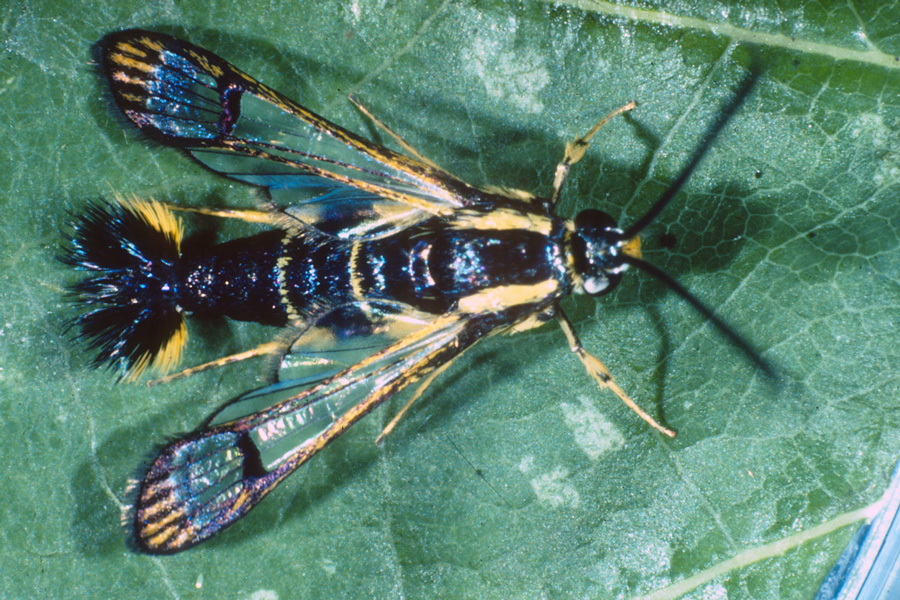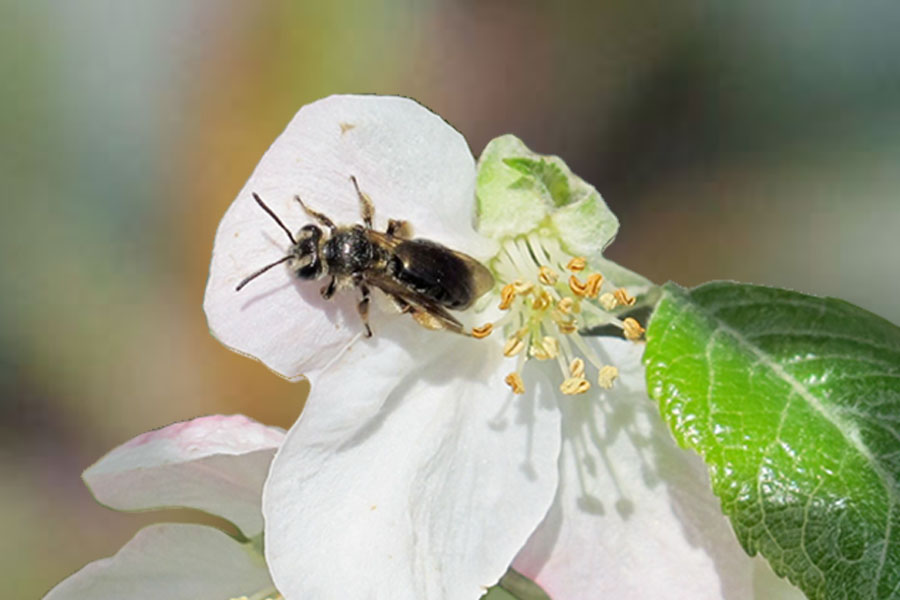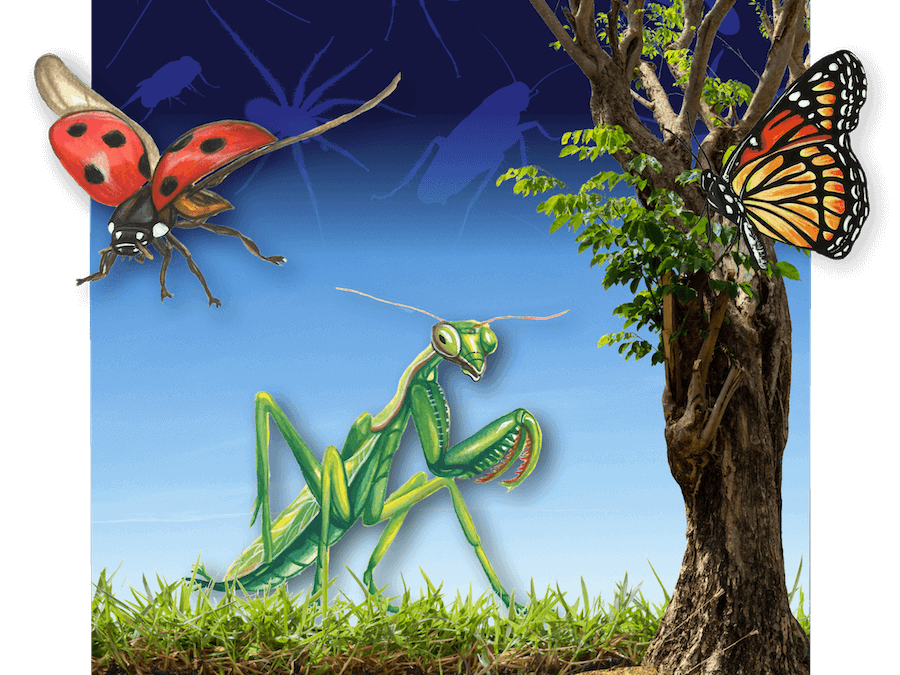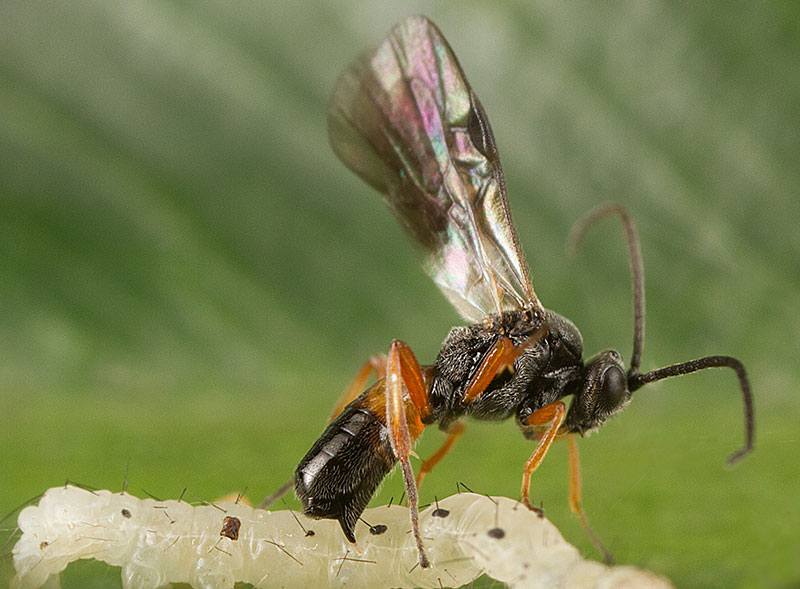
The fall webworm, Hyphantria cunea (Drury) (Lepidoptera: Erebidae) is a polyphagous caterpillar pest of ornamentals and trees in Georgia. “Polyphagous” means that it can feed on many types of food, and the fall webworm is known to feed on more than 600 species of plants, including row crops, herbaceous plants, shrubs, fruit, and ornamental trees in orchards, nurseries, and landscapes. Fall webworm larvae construct silk web nesting to facilitate feeding, to escape the attack of natural enemies, and for heat retention. The webbing is considered unsightly, and feeding on foliage inside the nest leads to extensive defoliation. The fall webworm can quickly reduce the aesthetic appeal of landscape trees and shrubs, and severe infestation can cause considerable damage to trees.

Published by University of Georgia Cooperative Extension. For more information or guidance, contact your local Extension office.
The University of Georgia College of Agricultural and Environmental Sciences (working cooperatively with Fort Valley State University, the U.S. Department of Agriculture, and the counties of Georgia) offers its educational programs, assistance, and materials to all people without regard to age, color, disability, genetic information, national origin, race, religion, sex, or veteran status, and is an Equal Opportunity Institution.
Status and Revision History
- Published on May 7, 2020
What is a Circular?
Circulars are more focused than Bulletins and will discuss one subject in a limited form.
Written and Reviewed by Experts
This resource was written and reviewed by experts. Click below for more information on how we produce science you can trust.






